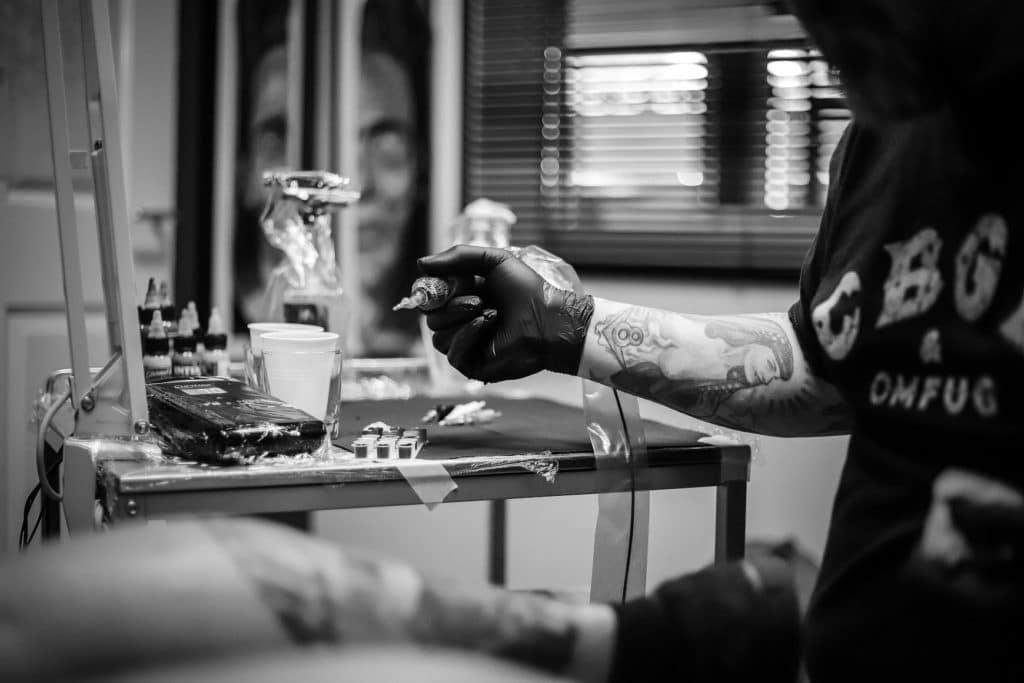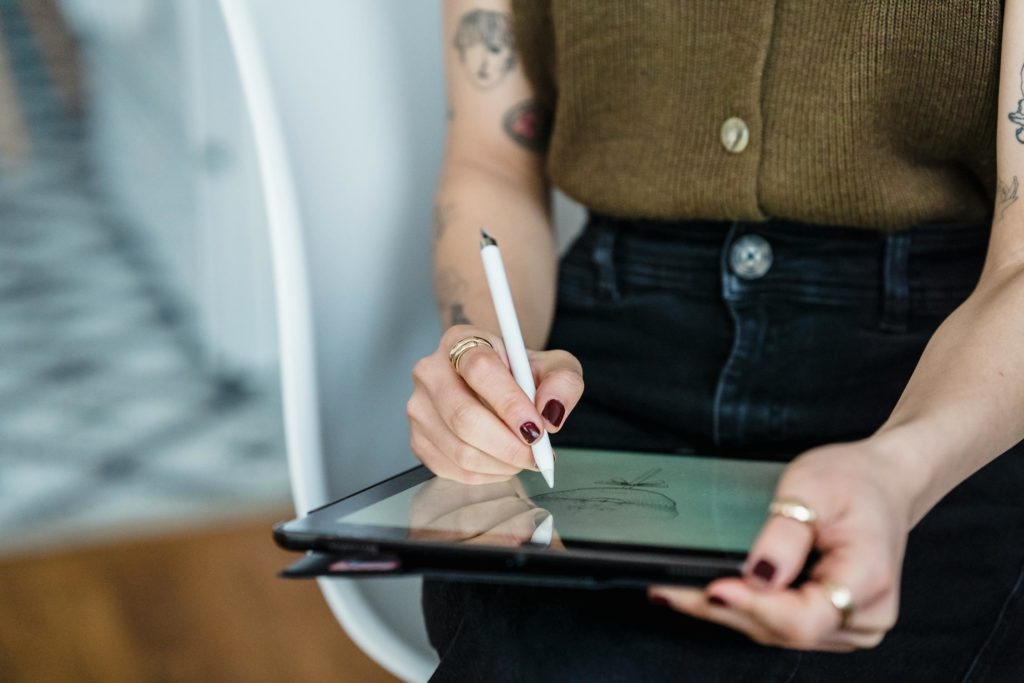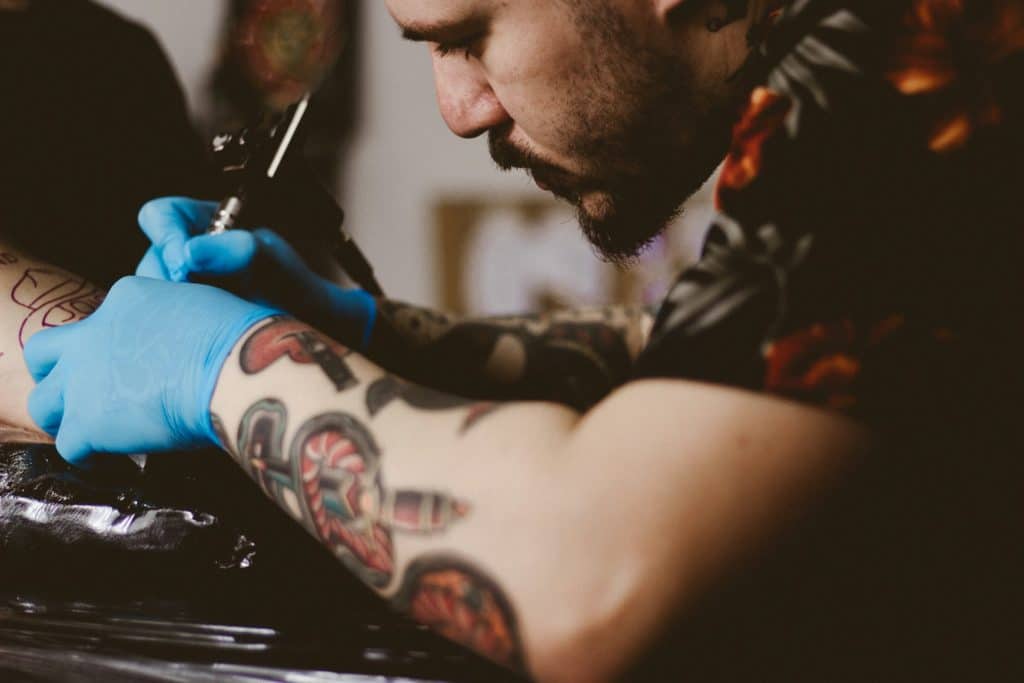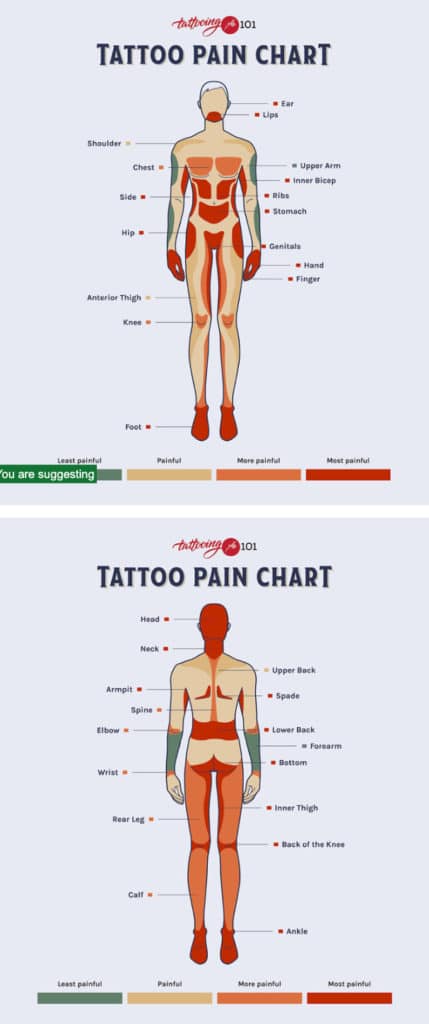Becoming a tattoo artist is a great way to turn your love for art into a real job. Tattoos have taken off in popularity in the last two decades. But tattooing isn’t just about drawing on skin; it’s a special skill that mixes creativity with telling personal stories, making it a satisfying job for those who are creative and like working with people.
Unlike other art careers that can be unpredictable in selling art, tattooing offers the potential for a more stable income. This is because there’s always a demand for tattoos, and as a tattoo artist, you can easily be found by customers through social media and other online platforms where you can show off your work and attract a regular flow of clients.
This guide will show you the steps to get started in the tattoo industry, from improving your art skills to understanding the business, making sure you’re ready for this exciting career path.
Essential Skills and Qualifications
As a tattoo artist, you’ll need to draw on your artistic skills (color theory, shading, and an understanding different styles of art), but you’ll also need to combine those skills with additional knowledge.
1. Understanding of Human Anatomy
Images courtesy of Tattooing 101
Knowing how the body is built helps in a few ways:
- Placement: The “flow” of your design needs to follow along with the muscles of your client’s body to look good. Understanding placement helps you figure that out so your tattoos look great on your client.
- Pain levels: Unlike other art mediums, as a tattoo artist, your “canvas” has a lot of nerve endings. Understand which areas are more painful than others can help you explain to your canvas which placements will be easier or harder to endure.
2. Interpersonal Skills

Working with clients is a big part of tattooing:
- Communication: You need to listen carefully to what clients want and explain your ideas clearly.
- Customer Service: Making sure clients have a good experience will help them want to come back or recommend you to others.
- Empathy: Sometimes tattoos are very meaningful. In other pieces of art, you’re telling your story…but in tattooing, you’re telling their story. So, understanding and respecting your clients’ feelings is important.
3. Tattoo Education

Working under an experienced tattoo artist as an apprentice or learning online will help you learn how to tattoo properly.
A tattoo apprenticeship is the traditional way of learning how to tattoo. This usually involves working for free for a couple years in exchange for your education. It’s very normal to do most of the “chores” in the studio and work the front desk for six months to a year, at which point your mentor will begin to teach you basic skills.
Taking an online tattoo course is a newer method of learning, but proper courses teach all the same skills you’d learn in a tattoo apprenticeship. It is taught by professional tattoo artists so you can follow along at home by tattooing on synthetic skin to safely learn all the necessary skills. Generally, this is a “go at your own pace” option.
Whichever path you choose, it’s important to make sure you are being taught these skills:
- Drawing flash designs
- Digital designs
- How to stencil
- How to set up a tattoo machine (voltage, stroke, etc.)
- Proper sanitation (station setup and breakdown, tattooing safety, etc.)
- Linework
- Shading
- Packing color
4. Create a Portfolio

Whether you’re going to get an apprenticeship or you learned online and are going for a full-time position in a studio, you’ll need a tattoo portfolio.
What to Include in Your Portfolio
For a tattoo portfolio, you only want to include tattoo designs (no other art mediums), but those tattoo designs should include a variety of styles (ex: traditional, realism, neo traditional, etc.).
You don’t need hundreds of designs in your portfolio, just 15-20 completed, well-photographed pieces.
Using Digital Platforms
While it’s always recommended to have a physical portfolio in a neatly-formatted binder or photo book, having your portfolio online can also be very helpful (especially when clients are searching for tattoo artists online).
Posting your art on social media platforms like Instagram as well as on a professional personal website are good options for having an easy-to-share digital portfolio to complement your physical one.
5. Professional Qualifications

Since you’re tattooing on real people, it’s important to keep them (and yourself) safe during the process. Here’s examples of what training your area might require to get your license:
- Bloodborne Pathogens Certification
- First Aid Certification
- CPR Certification
- Written tattooing exam
- Practical tattooing exam
After getting the proper training, you’ll be able to apply for your tattooing license. (Depending on your area, you might be called a “body art practitioner” instead of a tattoo artist.)
Final Thoughts
Starting a career as a tattoo artist is a great way to turn your love for art into a fulfilling job. By following the steps in this article—from learning about the tattoo world and developing the right skills to getting the necessary licenses and building a strong portfolio—you’ll be ready to do well in an exciting industry.
As you move forward in your career, keep learning and staying up to date with new styles and techniques. Be active in the tattoo community, continue your education, and always work on improving your skills as you make a name for yourself in the tattoo industry.

